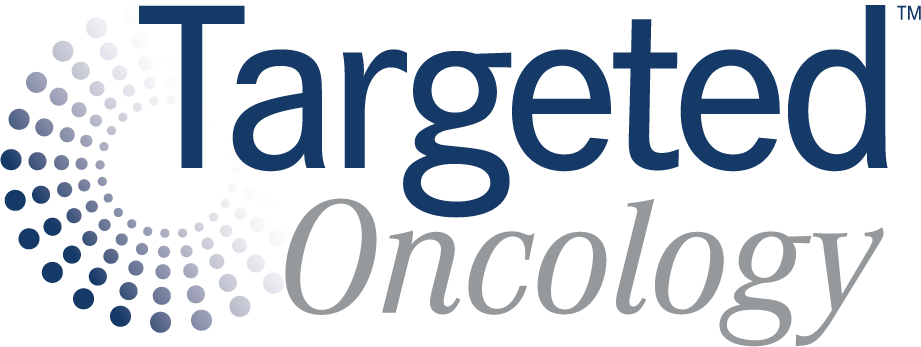ENVISION Trial of UGN-102 Shows Durable Responses in LG-IR-NMIBC
Data from the phase 3 ENVISION trial demonstrate the potential of UGN-102 as an effective and durable nonsurgical treatment for patients with low-grade, intermediate-risk non–muscle-invasive bladder cancer.
Bladder cancer stages: © pikovit - stock.adobe.com

A high complete response (CR) rate at 3 months was seen among patients with low-grade, intermediate-risk non–muscle-invasive bladder cancer (LG-IR-NMIBC) treated with UGN-102 (intravesical mitomycin), according to data from the phase 3 ENVISION trial (NCT05243550) published in the Journal of Urology.1,2
The 3-month CR rate after initial treatment among the 240 patients treated with UGN-102 was 79.6% (95% CI, 73.9%-84.5%), meeting the primary end point of the ENVISION trial.2 This also increased patients’ likelihood of remaining disease free 1 year later, and 61% (95% CI, 54%-67%) of patients maintained a CR for 15 months after starting treatment.
UGN-102 led an 82.3% (95% CI, 75.9%-87.1%) 12-month duration of response (DOR) by Kaplan-Meier estimate (n = 108) in patients who achieved a CR at 3 months after the first instillation of UGN-102 for intravesical solution. After the 3-month CR, the median DOR estimates were 80.9% (95% CI, 73.9%-86.2%) at both 15 months (n = 43) and 18 months (n = 9). However, the median DOR was not estimable at a median follow-up of 13.9 months due to the lack of recurrence during the follow-up period. The Kaplan-Meier estimated disease-free survival rate was 76% (95% CI, 69.7%-81.1%) at 15 months.
“These data from the ENVISION trial provide compelling evidence that treatment with UGN-102 achieves a clinically meaningful CR rate and also demonstrates remarkable durability in patients with LG-IR-NMIBC,” said Sandip Prasad, MD, MPhil, director of Genitourinary Surgical Oncology at Morristown Medical Center/Atlantic Health System in New Jersey and principal investigator of the ENVISION trial, in a press release.1 “The long-term results…further strengthen UGN-102’s potential as a nonsurgical, effective treatment for patients facing the recurrent and challenging nature of LG-IR-NMIBC.”
Looking at safety, the most common treatment-emergent adverse events (TEAEs) observed were dysuria, hematuria, urinary tract infection, pollakiuria, fatigue, and urinary retention, each of which were generally mild-to-moderate in severity and either resolved or were resolving. The safety profile of UGN-102 in the ENVISION trial was similar to that observed in other studies of the agent.
Additionally, the benefit-risk profile of UGN-102 was favorable, supporting the agent as a nonsurgical alternative for transurethral resection of bladder tumors in this patient population.
“The impressive DOR data from the ENVISION trial further highlight UGN-102’s potential to transform the treatment landscape for patients with LG-IR-NMIBC,” Mark Schoenberg, MD, chief medical officer of UroGen, added in the news release. “Many of these patients are elderly and face the burden of repeated surgeries under general anesthesia, so there is a critical need for innovative treatment options for this patient population. We believe that, if approved, UGN-102’s ability to achieve durable CRs and potentially reduce recurrence rates while extending treatment-free intervals will represent a significant advance in managing LG-IR-NMIBC.”
About the ENVISION Trial
UGN-102 uses a sustained release hydrogel-based formulation to enable longer drug exposure to bladder tissue without surgery. The agent can be delivered by catheter in the outpatient setting.3
In October 2024, the FDA cleared the submission of a new drug application for UGN-102 in LG-IR-NMIBC. With this, a Prescription Drug User Fee Act goal date of June 13, 2025, was set.
ENVISION is an ongoing, multinational, single-arm trial looking at the safety and efficacy of chemoablation with UGN-102 in patients with biopsy-proven recurrence of treatment-naive LG-IR-NMIBC.4 The study enrolled an estimated 240 patients across 56 global sites.
Enrollment in the trial was open to patients with histologically confirmed LG-NMIBC by cold cup biopsy at or within 8 weeks before screening. Additional requirements included having a history of at least 1 previous episode of LG-NMIBC requiring treatment with TURBT, a negative voiding cytology for high-grade disease within 8 weeks prior to screening, and a life expectancy of at least the duration of the study.
CR rate at 3 months after the first installation in the intention-to-treat patient population served as the primary end point of the study. Secondary end points of the trial consisted of DOR in patients who achieved a CR at the 3-month assessment, disease control rate, disease-free survival, and incidence of treatment-emergent adverse events.
REFERENCES
ENVISION trial results published in the February issue of The Journal of Urology highlight UGN-102 achievement of 82.3% duration of response at 12 months paving the way for the potential first FDA-approved treatment for LG-IR-NMIBC in June 2025. News release. UroGen. January 15, 2025. Accessed January 22, 2025. https://tinyurl.com/2cs2nb7s
Prasad SM, Shishkov D, Mihaylov NV, et al. Primary chemoablation of recurrent low-grade intermediate-risk nonmuscle-invasive bladder cancer with UGN-102: a single-arm, open-label, phase 3 trial (ENVISION). J Urol. 2025;213(2):205-216. doi:10.1097/JU.0000000000004296
ENVISION trial results published in the Journal of Urology Report 82.3% duration of response 12 months after achieving complete response for UGN-102, potentially first FDA-approved non-surgical treatment for LG-IR-NMIBC. News release. October 28, 2024. Accessed January 22, 2025. https://tinyurl.com/32fvz7z3
A phase 3 single-arm study of UGN-102 for treatment of low grade intermediate risk non-muscle-invasive bladder cancer (ENVISION). ClinicalTrials.gov. Updated November 4, 2024. Accessed January 22, 2025. https://clinicaltrials.gov/study/NCT05243550











